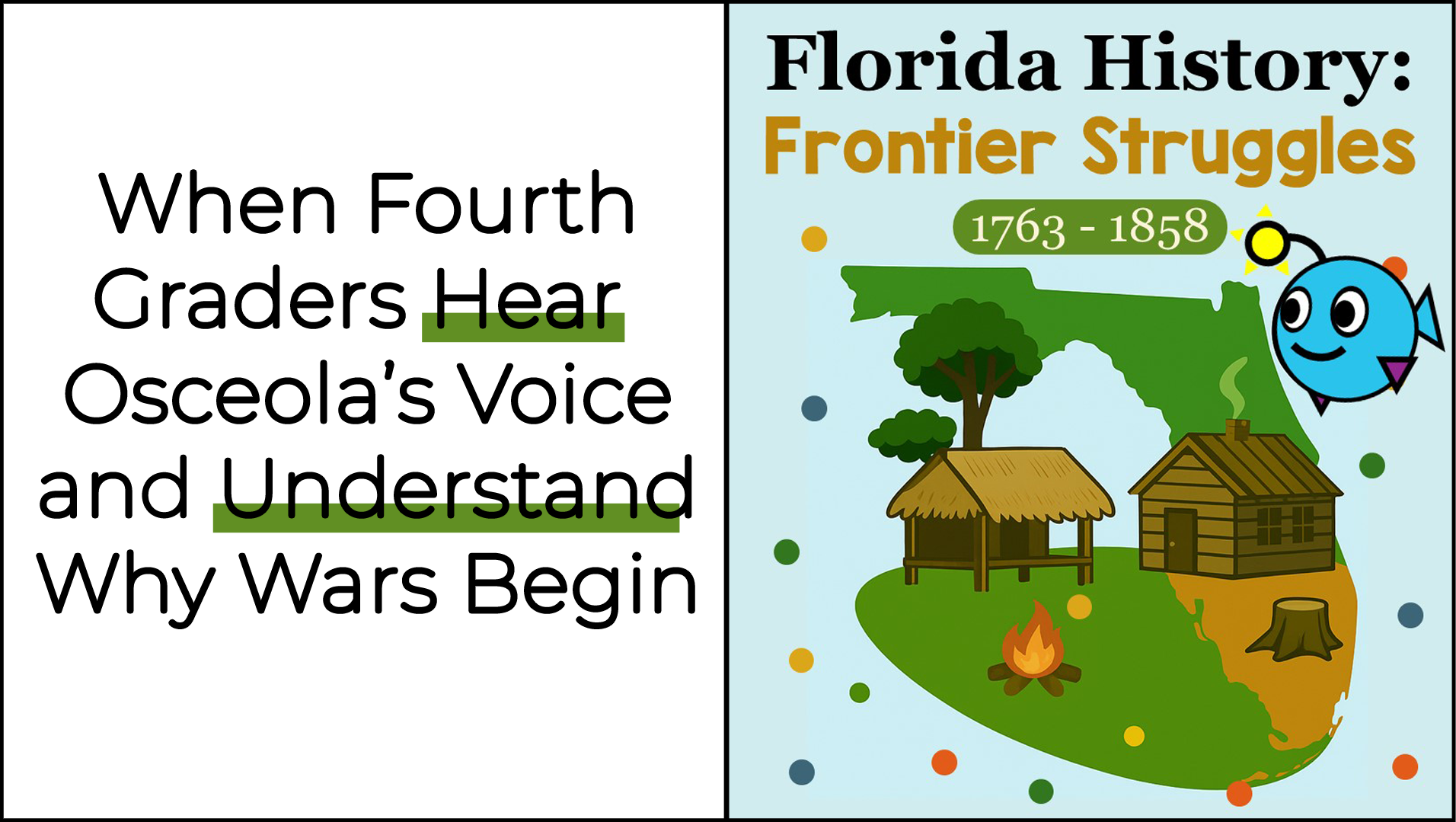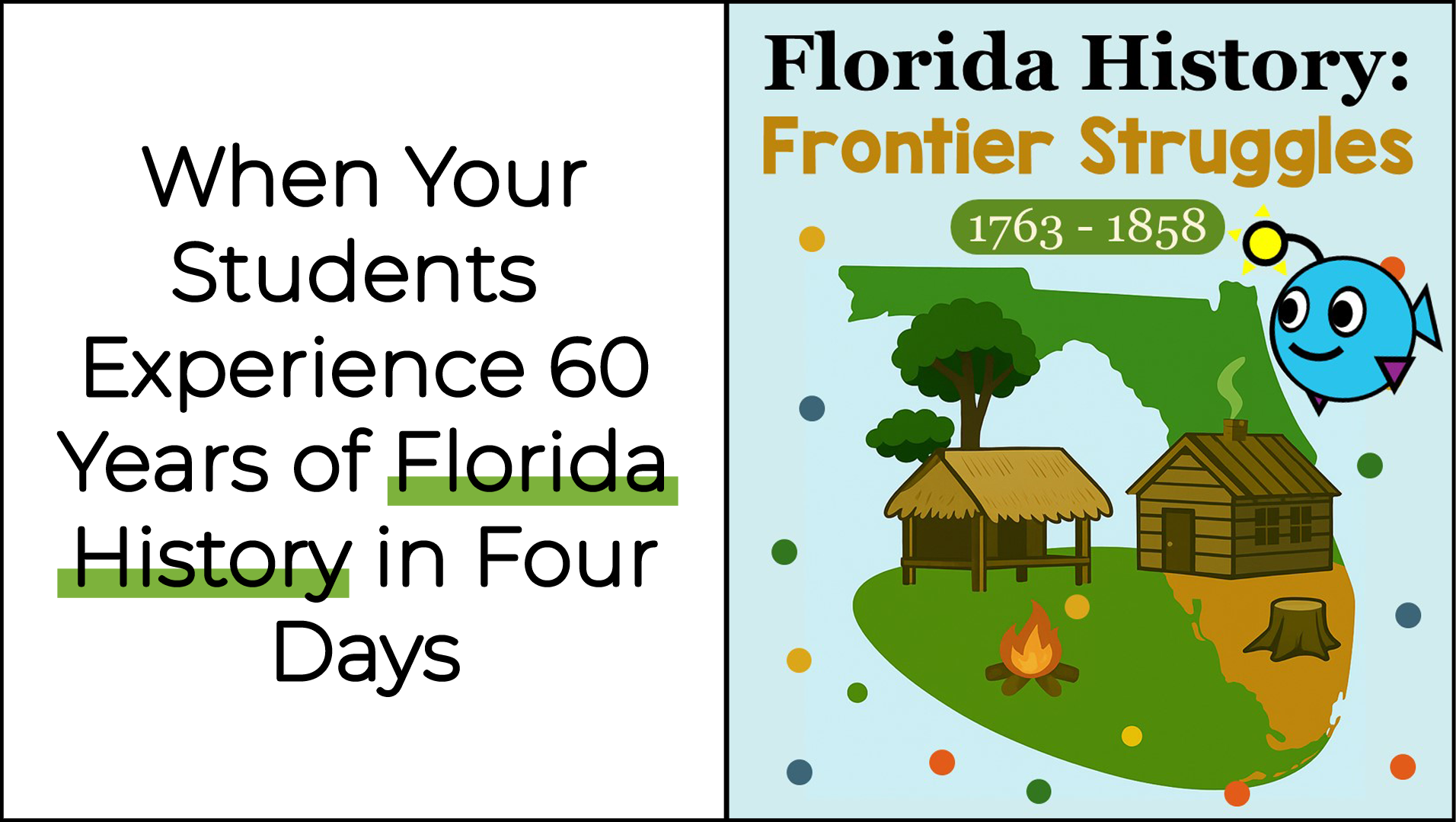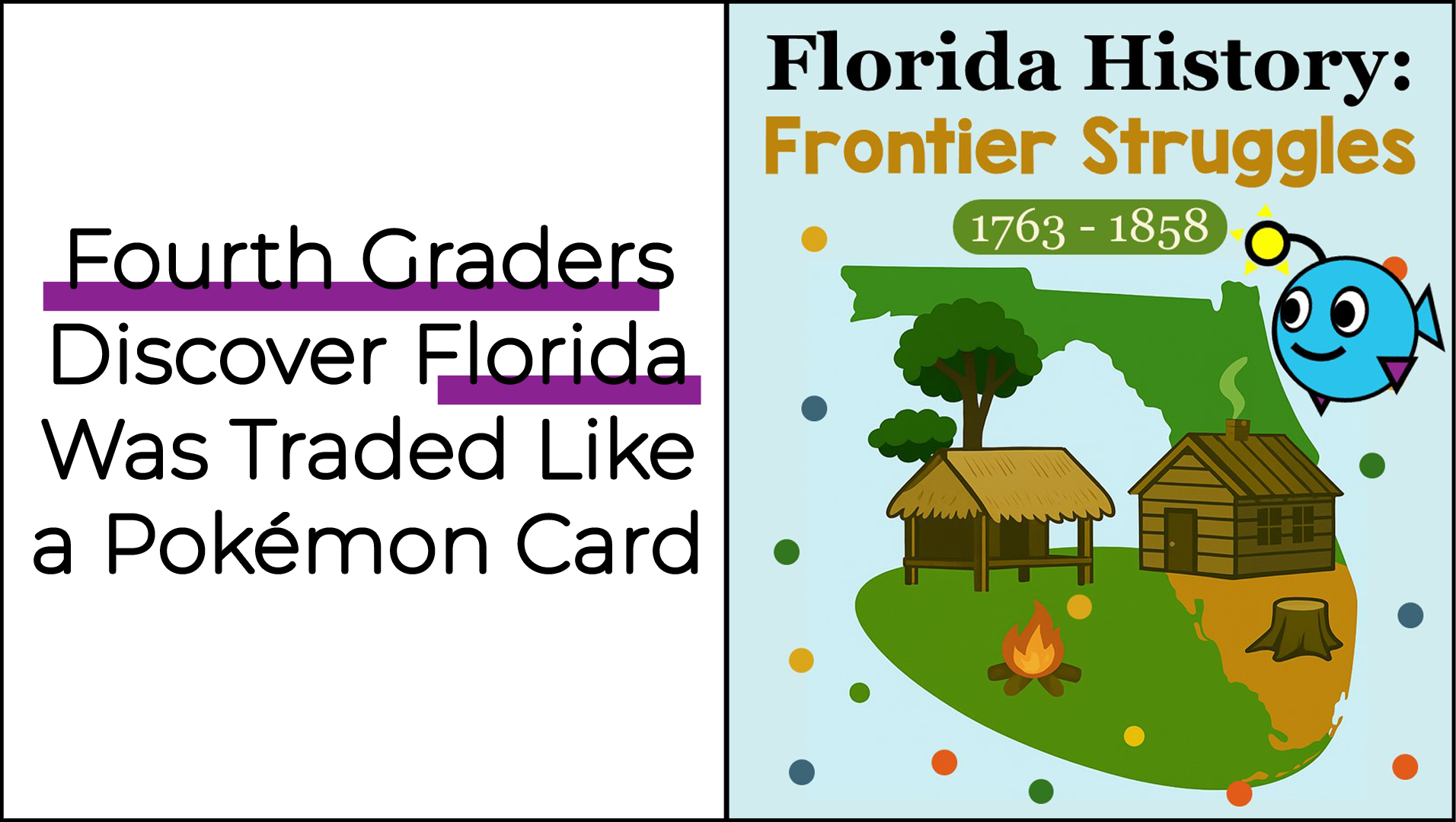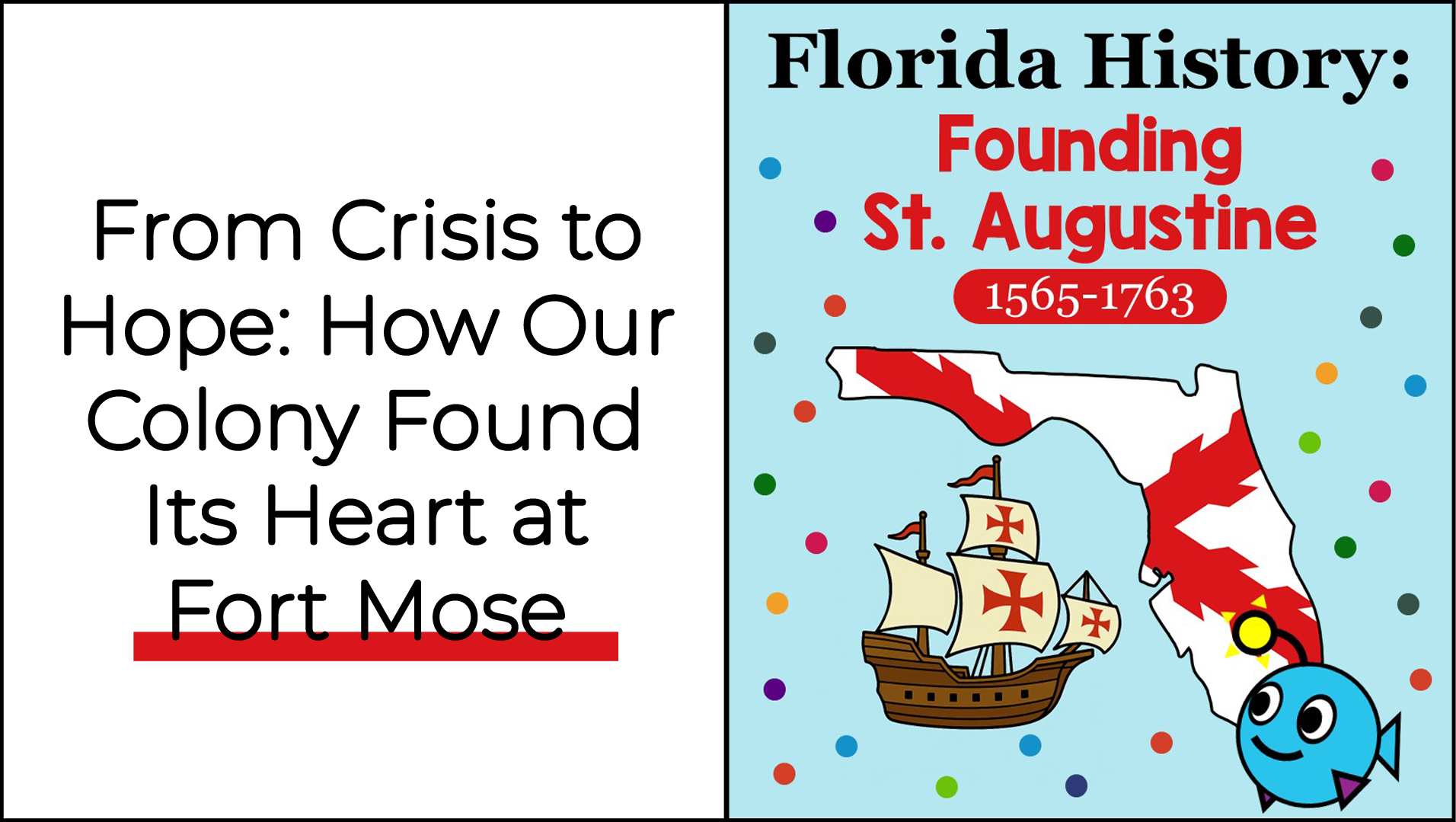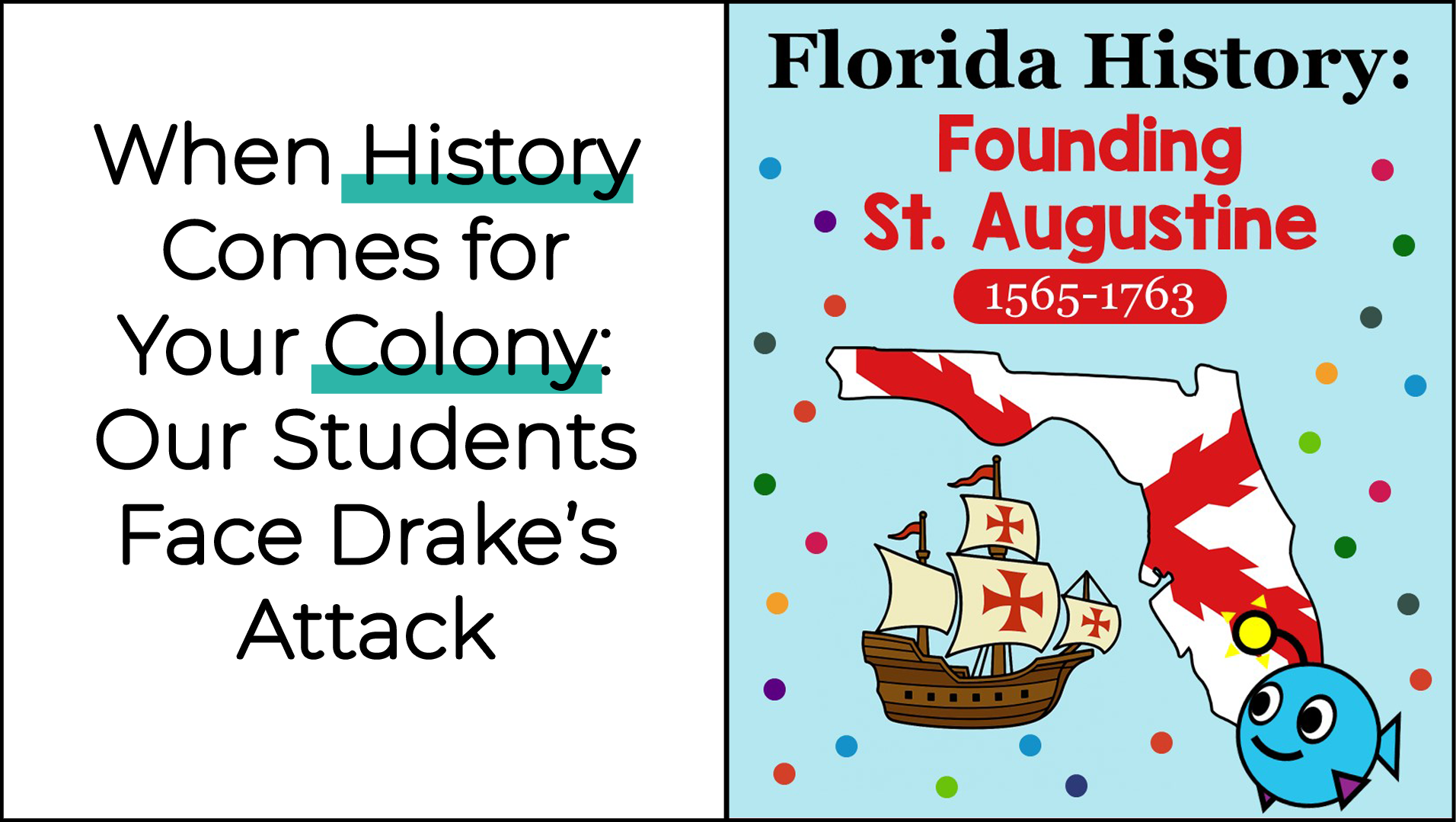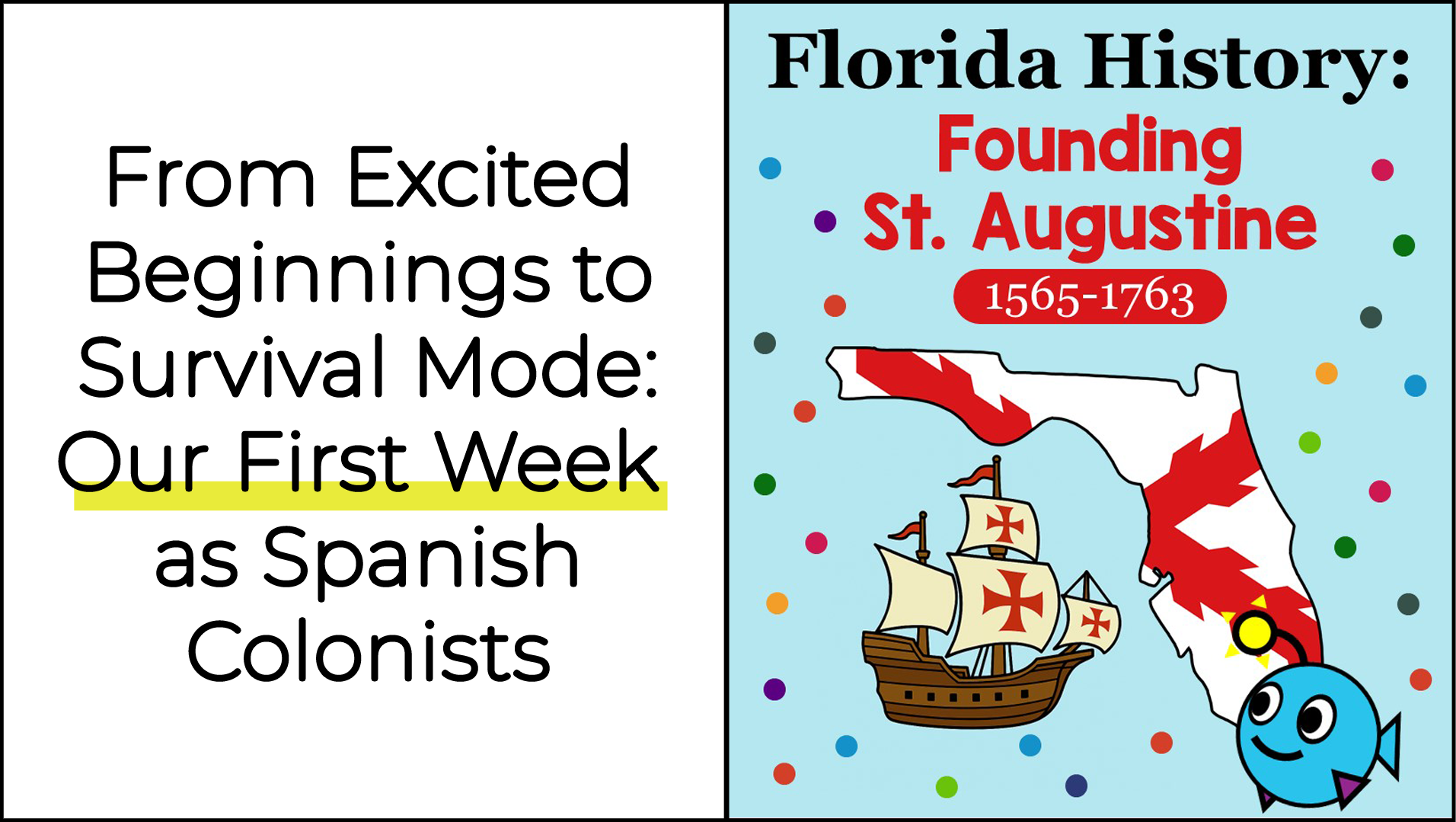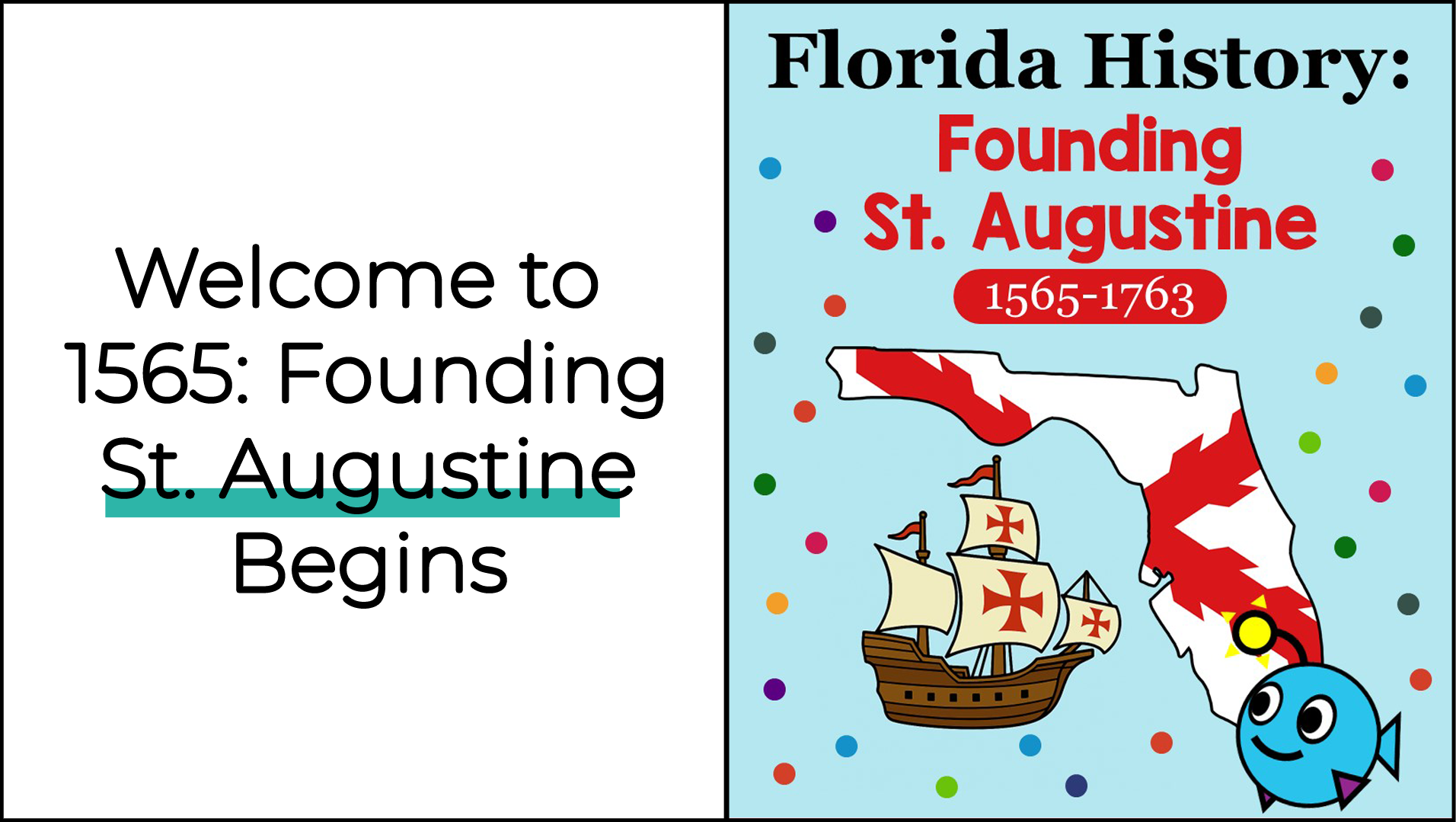"The Speaker of the House recognizes Representative Jayden." The nine-year-old stands, clutching his handwritten bill. "My bill says that U.S. soldiers must guard every polling place in Florida during elections." The room erupts. This is Day 4 of our Reconstruction simulation, where 22 fourth graders are discovering that winning a war is actually easier than building a just government afterward.
Fourth graders read Lincoln's Second Inaugural Address and actually understood it—not because of vocabulary drills, but because they read it as Florida legislators preparing for Reconstruction.
Halloween week brought the Vinoy Hotel Mystery. Fourth graders became 1920s detectives analyzing evidence, questioning witnesses, and building theories about Florida's Lady in White.
Days 10-11 brought the Battle of Natural Bridge, a civilian primary source, and the end of the Confederacy. Fourth graders learned what it means when continued fighting serves no purpose.
Fourth graders command Florida's largest Civil War battle with full understanding of strategic constraints, supply limitations, and military necessity.
"We can't afford supplies for the battle AND pay for the penalty? Something has to give!" Our fourth graders discover how the Union blockade won the Civil War.
When my students transitioned from defending Seminole villages in our Frontier Struggles unit to playing Confederate roles in the Civil War simulation, their questions were blunt and uncomfortable: “Wait, we’re the bad guys now?” This jarring shift challenged them to grapple with historical complexity, moral ambiguity, and the skills of analyzing perspectives without applying contemporary judgments.
When my fourth graders heard Osceola’s words after living through the Second Seminole War in our classroom simulation, the silence was profound. They weren’t just memorizing facts—they were grappling with why wars begin, how policies create conflict, and what it means to understand multiple perspectives.
"Mrs. Zema, this is getting really intense." This observation came from Emma, leader of our Seminole group, as we wrapped up Thursday's session on the Adams-Onís Treaty. Over the past week, my fourth graders had lived through 60 years of territorial changes, wars, and competing claims to Florida—and they were feeling the weight of it all. What started as an exciting competition over land had evolved into something much deeper.
"Wait, WHAT? They just... gave away Florida? Like, the whole thing?" This incredulous question came from Jordan as we examined Treaty of Paris documents. My students had just started the Frontier Struggles simulation, competing for Florida territory. Now they were discovering that while they focused on homesteads and land claims, entire nations had been casually trading Florida back and forth.
"Mrs. Zema, this feels like the most important decision we've made yet." After surviving Drake's attack and Timucua tensions, my fourth graders faced a choice that would define their St. Augustine colony's character. When escaped slaves arrived seeking freedom, the students had to decide: What kind of community did they want to build?
"Before dawn, English privateer Sir Francis Drake launches a surprise raid on the settlement. His ships fire from the sea while his men rush ashore. The Spanish scramble to respond. Smoke fills the air." Twenty-two fourth graders held their breath as I read the event card that would determine their colony's fate. After a week of hurricanes, policy changes, and tough decisions, this was their biggest test yet.
"Mrs. Zema, are we going to die?" This question came from Riley after five days of our Founding St. Augustine simulation. What started with excitement about "getting to be Spanish leaders" had transformed into genuine concern for their colony's survival. Here's how my fourth graders learned that good intentions aren't enough when facing real historical challenges.
"Buenos días, Spanish leaders! Welcome to the year 1565." Twenty-two fourth graders looked around our classroom with curiosity as we began our journey into America's oldest city. Today marked the official start of our Founding St. Augustine simulation—and the mixed reactions were priceless.








